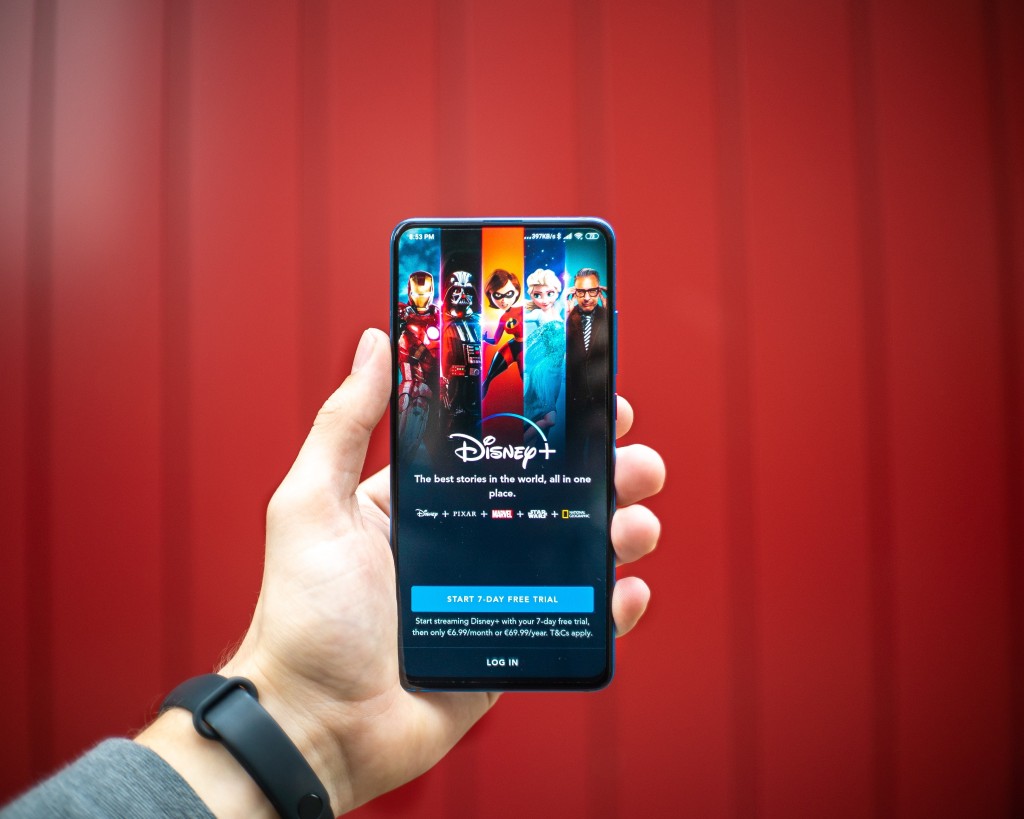VoD – Is the future of streaming in bundling?
17 November 2020
The VoD Market
The VoD Market is expected to grow at a CAGR of 12.2% between 2020 – 2025. The rise of players such as Netflix, Hulu, Amazon and Apple TV are challenging traditional entertainment methods. Although VoD was originally created for movie access, changing customer preferences have increased demand for TV programmes and other content, influencing VoD service providers to expand their offerings.
VoD typically includes three fee-based business models:
- TVoD – “rentals as a single transaction or pay-per-view (Transactional Video on Demand)”
- SVoD – “rentals as subscription-based services (Subscription-VoD)”
- EST – “digital purchases via download or permanent cloud-storage (video downloads, also named electronic-sell-through or EST)”
The VoD Market during COVID-19
The ongoing coronavirus pandemic has forced lockdowns all over the world:
- Lockdowns have sparked a rise in the VoD market, with restrictions causing consumers across the world to stream more entertainment.
- According to the estimates by Rapid TV News, global SVoD users are set to grow by 5% to 949 million by the end of 2020 – an increase of 47 million compared to previous forecasts.
VoD Growth Factors
As well as increased streaming due to COVID-19, many factors are currently enhancing consumers’ viewing experience.
- Convenience – video content allows multiple users to watch content anytime, anywhere, on any device – it’s no surprise why, or how, ‘binge watching’ has become so popular!
- Technology, internet access and the growing penetration of 5G – today’s digital world “reduces the need for waiting”.
- High mobile internet usage in certain countries – major vendors are implementing innovative strategies to cater to untapped markets with major potential in the likes of India and China. In 2019 Netflix launched a mobile-only plan in India, bringing a “personalised experience to smartphone users of the country”.
- Internet Protocol Television (IPTV) uses various servers for “delivering streaming content to viewers, which minimises the latency issues and optimises the delivery speed by maximising the available bandwidth”. This market is expected to grow rapidly, to reach USD 25 billion by 2025, at a CAGR of 16.9% between 2020 – 2025.
VoD Country Growth:
- Currently China and the US combined account for 65% of paid global SVoD subscriptions. However, it is predicted that as these markets mature and “approach market saturation, and paid subscriptions particularly in Southeast Asia grow, their share of global SVoD subscriptions will fall to 55% in 2025”.
- Despite this, China is still predicted to remain the largest SVoD market with 438 million paid subscriptions in 2025, up from 131 million from 2019. The US will likely follow with 342 million subscriptions in 2025, up from 125 million from 2019.
- According to nScreenMedia, the video streaming market in North America alone has grown into a “USD 16 billion industry over the last nine years owing to the changing consumer preferences and demand for high-quality content.”
VoD Trends, Opportunities and Challenges
Trends
- Spikes have been seen in transactional volume with OTT – these trends may outlive the pandemic.
- New revenue streams explored in sports with on-demand video content, player interviews etc. Fans are prepared to pay for high quality content – a driver for DCB.
Challenges
- Although, subscriptions make up the “overwhelming majority of IAP for apps with purchasing options”, the global market is highly concentrated with major players including Netflix and Amazon.
- Market saturation – “latest developments like Disney’s market entry and frequent price hikes will put consumers’ loyalty under test.”
- The challenge for new players is that each launch brings another subscription for viewers – who are already overloaded with content and subscriptions across OTT, pay TV, music, gaming and shopping.
- One of the biggest frustrations users have, according to a report from GlobalWebIndex, is the way the “cost of what may seem reasonably-priced subscriptions quickly adds up”. According to a survey of UK and US internet users, 36% say it is becoming expensive to pay for multiple services with 28% expressing frustration with having multiple services to access the content they want to consume.
- In another survey, only 5% of respondents believe that it makes sense to have so many competing services.
Opportunities
- Despite the crowded market, Disney+ has proved that there’s still room for new streaming services with 22 million downloads within the four weeks of its launch. Disney+ recently beat Netflix for most installed streaming video app in the USA – no other competitor has ever achieved this.
- It could be a case of ‘more rivals more revenue’ – leading streaming companies have actually seen an increase in in-app purchase revenue after the launch of Disney+.
- Bundling – Omdia recorded that from Q2 2019 to Q2 2020 55% of 5G mobile broadband plans were bundled with OTT digital services. We’re already seeing Disney+ “bundle their videos together with ESPN, National Geographic, and other content producers” – this is likely to expand in the future.
- 5G opens new possibilities of what operators can bundle with their tariffs beyond music and VOD subscriptions including; “cloud gaming, live sports streaming, eSports and immersive experiences via AR & VR”.
- IPTV – Several service providers are providing advanced content delivery networks, considering the increasing demand for progressive media content to gain a competitive advantage.
VoD Success
It’s clear that mobile devices have played a key role in contributing to the overall growth of digital media consumption, with more subscription video services than ever before. With some consumers frustrated with managing multiple subscriptions, could the future of pay TV and streaming be in aggregation?
In today’s streaming market, it’s wise to consider the challenges of “subscription fatigue” and contemplate monetisation through pay-per-view, advertising monetisation and bundling.
Great content may also rely on a strong engagement strategy for long-term success – the most successful brands are messaging their users “where they are, with messages relevant to their streaming app”.
Giving customers a simple and convenient way to pay has been proven to increase user acquisition and will also help with long term success. Contact SLA Digital today to discuss adding carrier billing as a secure payment method for your VoD or subscription service.



